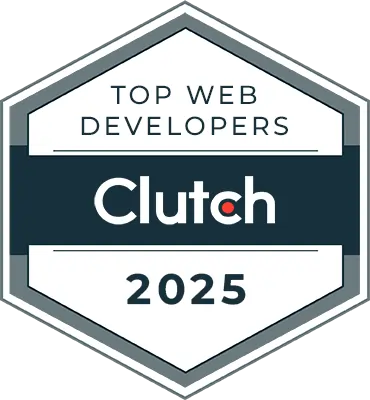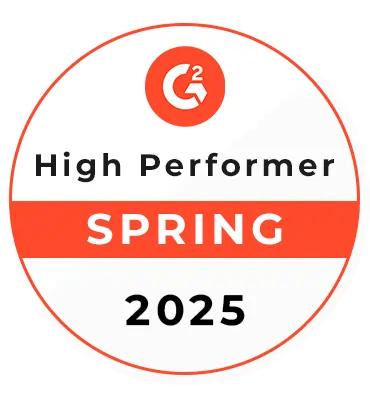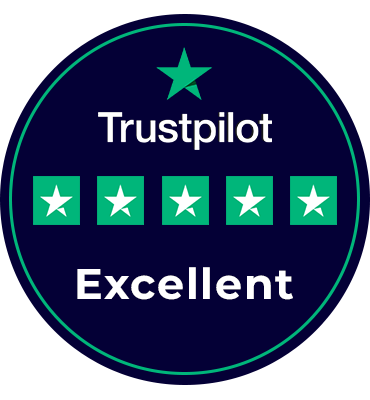Legacy Systems in Healthcare: Complete Guide
Manish Kumawat
Last Updated on: 30 July 2025
In this digital era, people don’t want to wait in long queues for booking doctor appointments and getting other medical services. As the main goal of technology is to bring more convenience in people's daily life, health care users also demand better convenience. Are your legacy systems in HealthCare really providing this convenience for users? Is it worth healthcare legacy software modernization?
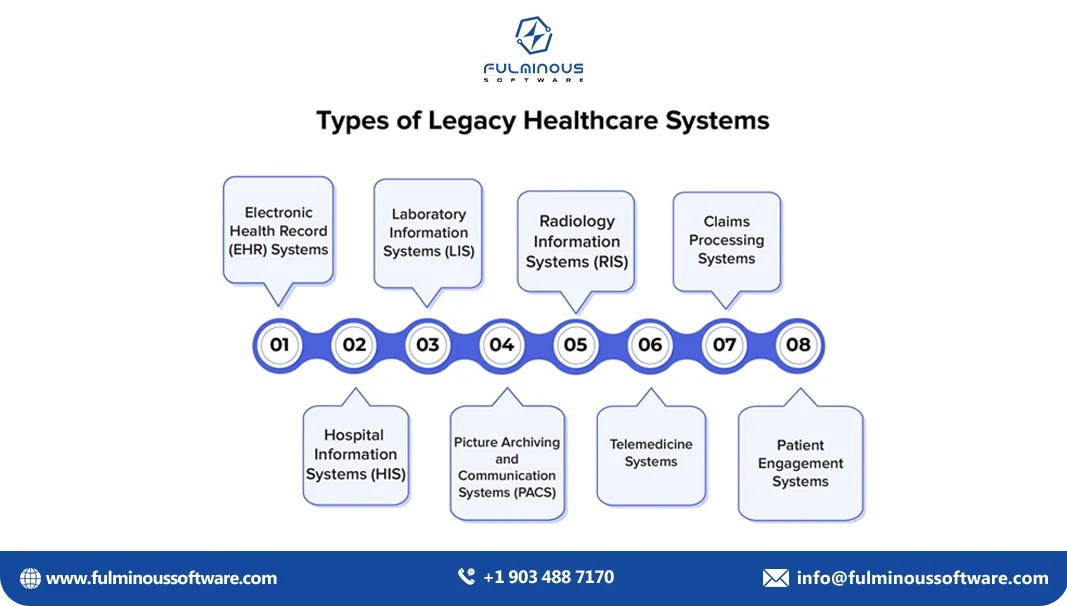
When you look around, you can see healthcare service providers are in efforts to modernize their legacy systems in healthcare and make users satisfied. Especially healthcare business should modernize their systems with AI, IoT, and other advanced features. At the same time, maintenance of aged legacy systems can be a big burden.
The success of healthcare service providers who have modernized their healthcare systems is a clear invitation for those who have not. If you are a healthcare service and confused about various aspects of healthcare legacy software modernization, then this guide is for you.
Table of Contents
- 1. What Are Healthcare Legacy Systems?
- 2. Signs Your Legacy Healthcare System Needs Modernization
- 3. Top Benefits of Healthcare Legacy Software Modernization
- 4. Common Types of Legacy Healthcare Systems
- 5. Strategies for Modernizing Legacy Healthcare Software
- 6. 10 Strategies to Modernize Legacy Healthcare Software
- 7. Step-By-Step Guide to healthcare legacy software modernization Development
- 8. Healthcare Software Modernization Cost
- 9. Real-World Use Cases: Modernizing Legacy EHR at a Regional Hospital
- 10. Choose the Right Modernization Partner: Fulminous Software
- 11. Conclusion
- 12. FAQs
What Are Healthcare Legacy Systems?
Health care Legacy systems can be any software, website, app, or device that with outdated information systems that continue to be used despite having the latest alternatives.
Signs Your Legacy Healthcare System Needs Modernization
There are several instances or signs that your healthcare system demands modernization. If you face any of the following issues, then go for healthcare legacy software modernization.
Competitors Moving Faster
The major sign that your legacy app shows is that your competitors in healthcare have better-performing systems than yours, and they are getting many benefits from it.
Slow System Performance
If your healthcare legacy software takes too much time to load and stops working regularly, then it's time for healthcare legacy software modernization.
Lack of Integration with New Tools
If it can’t connect with modern apps, wearables, or health platforms, you can provide the latest services for your users, and it's a sign for modernizing your system.
Outdated User Interface
When the health care system and modern users find it difficult to use, it's better to modernize before they get frustrated and abandon your system.
Security Warnings or Breaches
Using unsupported or outdated systems can leave patient data at serious risk, which nobody wants. So modernize your health care system with top security features.
Difficult Data Access and Sharing
If your staff struggles to find or share information quickly, it badly affects patient care, and it’s time for modernising.
High Maintenance Costs
Spending more and more just to keep the legacy healthcare system running? A newer solution is in high demand, and it can save your money.
Poor Mobile or Remote Access
Now patients want to access your services from anywhere, especially through mobile phones. If your health care doest capable of that, let's go for modernizing.
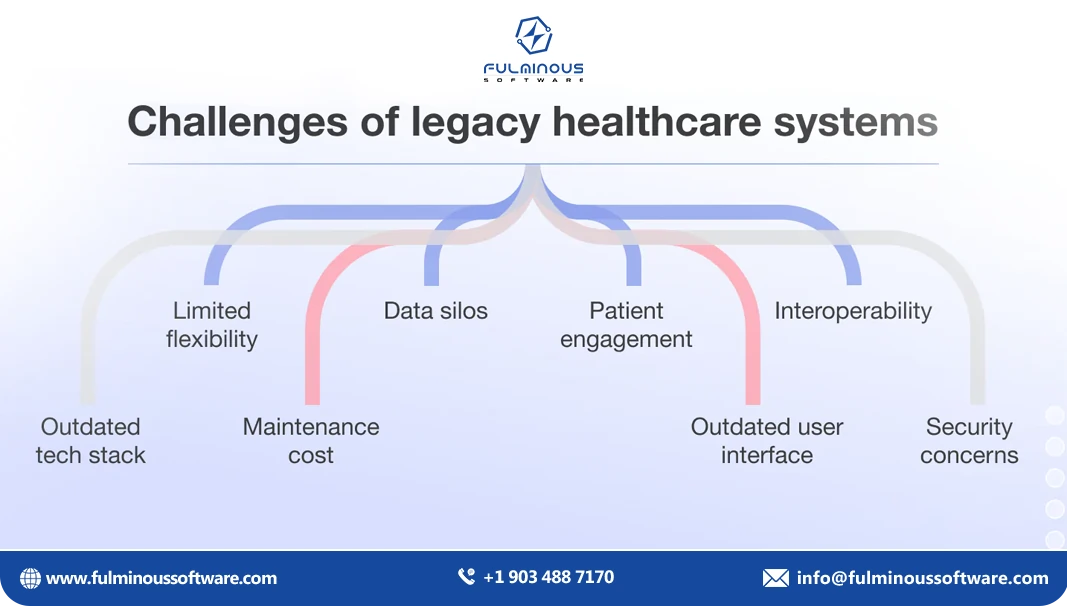
Top Benefits of Healthcare Legacy Software Modernization
Even though healthcare legacy software modernization has plenty of benefits, here are the major ones:
Operational Efficiency – Up to 60% Improvement
Healthcare legacy software modernization automates manual tasks, reduces errors, and improves workflows, so that you can experience up to 60% improvement in operational efficiency.
Patient Care & Experience – Up to 45% Increase
Modernized platforms help in faster diagnosis, telehealth support, and improved care coordination, so that you can experience improvement in patient care up to 45%.
Data Security & Compliance – Up to 90% Risk Reduction
Healthcare legacy software modernization with advanced security features can reduce your healthcare system’s security risks up to 90%.
IT & Maintenance Costs – Up to 60% Savings
When you invest in Healthcare legacy software modernization, consider it as invest with high ROI. Because it offers several benefits, along with saving maintenance costs up to 60%.
Scalability & Flexibility – Up to 3x Faster Expansion
Modern architectures like microservices and cloud-native design allow healthcare providers to scale whenever needed. Which means up to 3 times faster expansion.
Innovation – Up to 2x Faster Implementation
Healthcare legacy software modernization enables quick adoption of AI, wearables, analytics, and IoT for smarter healthcare delivery.
Decision-Making – Up to 5x Faster Insights
With modern software, you can get 5x faster insights, and Healthcare legacy software modernization helps you to make accurate decisions for better growth.
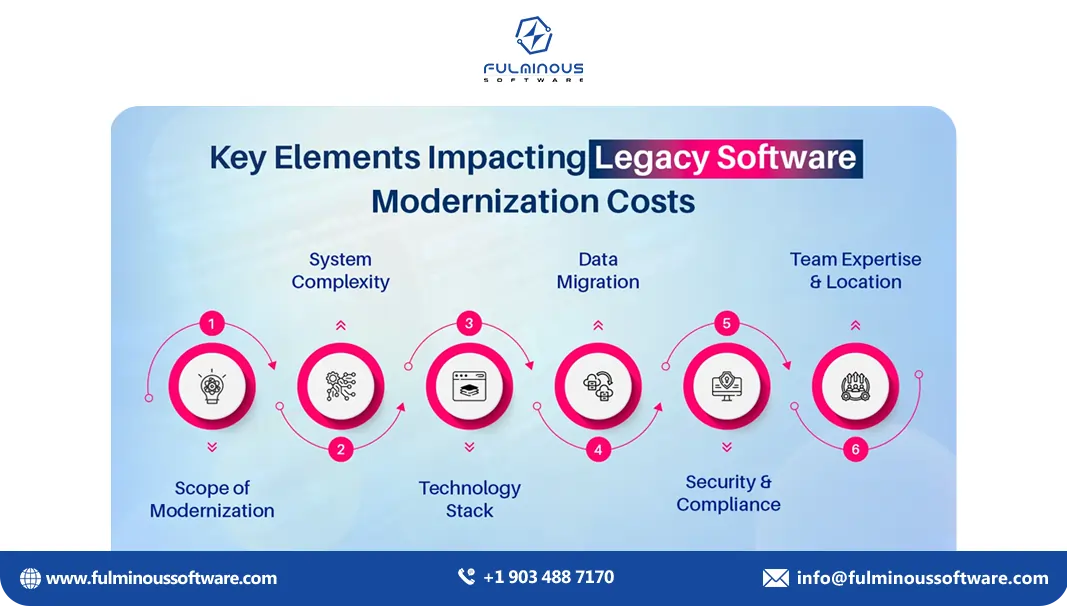
Common Types of Legacy Healthcare Systems
There are several commonly used legacy healthcare systems that show several issues and need to be modernized. Let's see some:
| System Type | What’s Wrong With It |
|---|---|
| Electronic Health Records (EHR) | Hard to use, doesn’t work well with other systems, slow and outdated. |
| Hospital Info Systems (HIS) | Tough to update, not flexible, hard to connect with new tools. |
| Imaging Systems (PACS) | Takes time to load images, old storage, may not work with new scanners. |
| Lab Info Systems (LIS) | Results can be delayed. It doesn’t connect to other systems, not much automation. |
| Billing & Revenue Platforms | Regular errors, lots of manual work, doesn’t connect well with insurance systems. |
| Telemedicine & Patient Portals | Poor video quality, not user-friendly, weak security. |
| Radiology Info Systems (RIS) | Can’t share updates in real-time, slow, stuck in old processes. |
| Pharmacy Management Systems | No alerts for drug mix-ups, lots of manual steps, hard to stay compliant. |
| Practice Management Software (PMS) | Not great at reports, doesn’t link with EHR, old patient messaging tools. |
| Decision Support Systems (CDSS) | Gives outdated advice, doesn’t fit well into doctor workflows. |
| Scheduling Tools | No reminders, no telehealth links, rescheduling is a pain. |
| Insurance & Claims Systems | Old code, slow checks, not up-to-date with insurance rules. |
Strategies for Modernizing Legacy Healthcare Software
Before setting the strategies, you need to know the proven approaches that can make your healthcare legacy software modernization easy and effective
Top Modernization Approaches:
- Encapsulation
This method keeps your existing legacy healthcare software but connect it with modern apps using APIs. - Rehosting
Here we can move your healthcare software (like EHR or billing software) to a cloud platform without changing much in the code. - Refactoring
This method cleans up and optimizes your old code of healthcare software to make your healthcare system faster and ready for future upgrades. - Rearchitecting
This process means a complete redesign of the entire healthcare software backend using modern models like microservices. - Replacing or Rebuilding
Here we can build a brand-new healthcare software from scratch or switch to a modern feature-rich solution.
10 Strategies to Modernize Legacy Healthcare Software
- Start with a System Audit
Review your existing software to find what's outdated, slow, or insecure. - Involve Doctors & Staff Early
Ask for feedback from the people who use the system daily to evaluate whether they know what works and what doesn’t. - Set Clear Goals
Define what you want to improve: speed, security, integration, user experience, etc. - Use Cloud Technology
Make use of the most advanced cloud system and make your data safer and accessible. - Adopt API Integrations
Connect old software with new apps using APIs for easier data sharing. - Focus on Data Security & Compliance
Make sure the system follows healthcare data laws and is protected from cyber threats. - Modernize in Phases
It will be more useful when you go for healthcare software modernization in stages. - Train Your Staff on New Tools
Provide training to help staff feel confident using the upgraded healthcare software system. - Choose Scalable Tech
Use tools and platforms that can grow with your hospital or clinic’s future needs. - Partner with a Healthcare IT Expert
Work with experienced legacy software modernizing tech partners who understand healthcare systems.

Step-By-Step Guide to healthcare legacy software modernization
- Step 1: Evaluate Your Old System
Check your system in detail: what works, what’s outdated, and what needs improvement or replacement. - Step 2: Set Clear Goals
Decide what you want to achieve: better speed, security, usability, or modern features like cloud or AI. - Step 3: Choose the Right Modernization Method
Pick from rehosting, refactoring, rearchitecting, or rebuilding: based on your budget and long-term needs. - Step 4: Migrate and Secure Patient Data
Then move all data safely to the new system without loss, which is possible with the assistance of a top software modernization company. - Step 5: Integrate with Modern Tools
Connect your new system with APIs, EHRs, billing tools, mobile apps, and other healthcare platforms. - Step 6: Test Thoroughly
Check if the system works well: performance, security, compliance, and connections with other tools. - Step 7: Train Staff and Launch in Phases
Teach users the new system and roll it out slowly to avoid disruptions and catch issues early. - Step 8: Monitor and Improve Continuously
Use dashboards to track performance and keep updating the system based on feedback and growth.
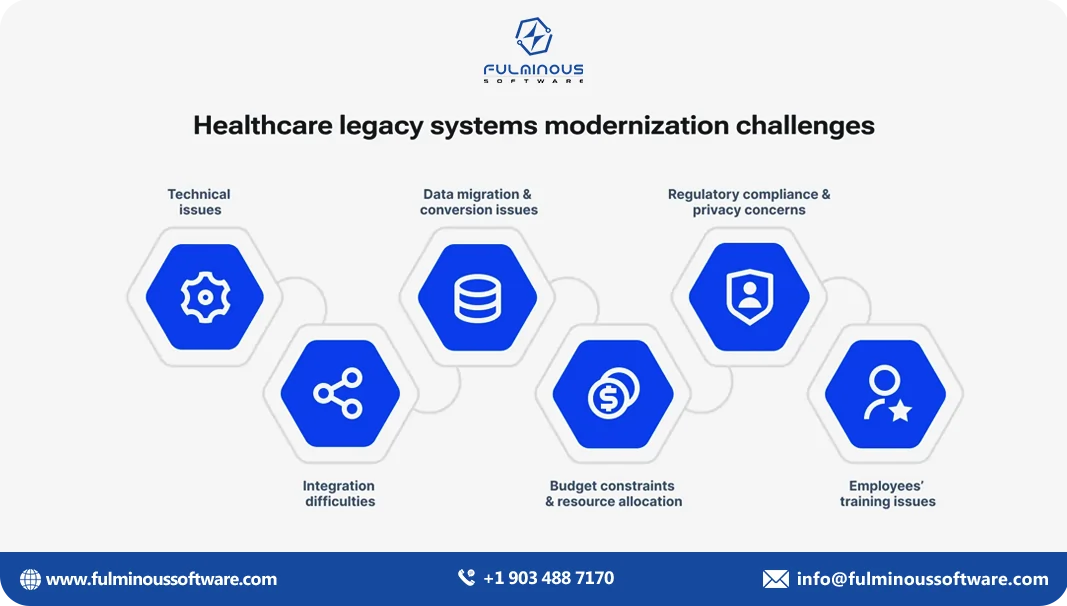
Healthcare Software Modernization Cost
The cost to modernize healthcare systems varies in each project. But an approximate healthcare software modernization cost based on tasks is:
| Category | Estimated Cost (USD) |
|---|---|
| UI/UX Redesign | $5,000 – $15,000 |
| Code Refactoring | $7,000 – $25,000 |
| Database Modernization | $8,000 – $20,000 |
| Cloud Migration | $12,000 – $40,000+ |
| API & Integration Updates | $10,000 – $30,000 |
| Security & Compliance Upgrade | $6,000 – $25,000 |
| Full Legacy System Rebuild | $50,000 – $200,000+ |
Total Estimated Cost Ranges:
| Scope | Estimated Total Cost |
|---|---|
| Small-Scale Modernization | $5,000 – $25,000 |
| Medium-Scale Overhaul | $25,000 – $75,000 |
| Large Enterprise Systems | $75,000 – $250,000+ |
Real-World Use Cases: Modernizing Legacy EHR at a Regional Hospital
Hospital: St. Clara Regional Medical Center, Midwest, USA
Project: Electronic Health Records (EHR) Modernization
Before Modernization – The Challenge
- Outdated EHR system (15+ years old)
- No regular security patches; failed a HIPAA audit in 2021.
- Couldn’t share data with labs, imaging systems, or nearby clinics.
- 72% of doctors reported frequent downtime and delays in patient charting.
- $180,000 annually spent on IT maintenance and patch fixes.
- No mobile or remote access for staff
- Confusing interface, long load times
- Outdated security and no audit logs
- Didn’t connect with newer lab & pharmacy systems
Modernization Strategies Used
- Migrated existing EHR to AWS cloud.
- Cleaned and optimized old code modules.
- Added HL7 and FHIR APIs to connect with lab, pharmacy, and imaging systems
- Redesigned EHR interface for mobile/tablet use.
- Conducted 5-week phased training with nurses, doctors, and admin staff
Results & Success
- 99.5% uptime achieved post-cloud migration
- Staff productivity improved by 43%
- HIPAA compliance passed in 2023 audit
- IT maintenance cost reduced by 62%
- Doctor satisfaction rose from 28% to 81%
- Patient wait time dropped by 35% during record retrieval
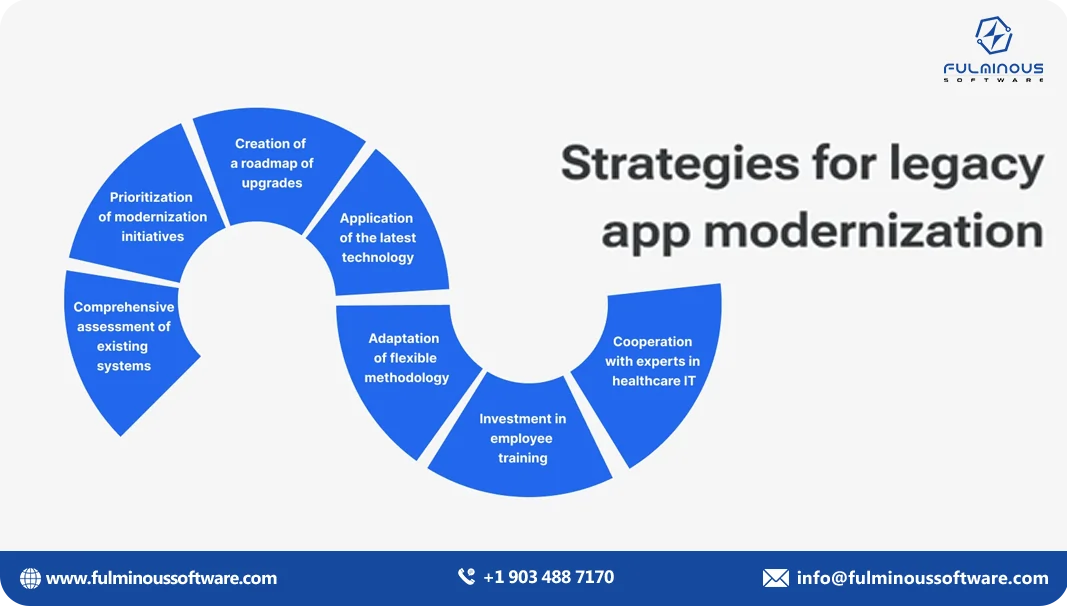
Choose the Right Modernization Partner: Fulminous Software
Fulminous Software is a leading Healthcare legacy software modernization company where you can find a combination of healthcare industry and software modernization experts.
Qualities of Our Healthcare Legacy Software Modernization Services
- Deep healthcare domain knowledge.
- Certified experts
- Knowledge of the latest technologies
- Smooth data migration
- Assure in maintaining core features
- Zero loss or downtime assurance
- Custom strategies
- End-to-end support
- Agile development
- Scalable solutions
- Transparent communication
- Dedicated healthcare IT project teams
- No hidden charges
- Proven expertise in HIPAA, HL7, FHIR, and GDPR standards.
Healthcare Legacy Software Modernization Services We Offer
- Healthcare legacy system audit
- Modernization roadmap planning.
- Cloud migration for EHRs, LIS, RIS, and HIS systems.
- Refactoring old healthcare software.
- Integration with third-party APIs, apps, and platforms.
- Custom EHR and EMR module upgrades or rebuilds.
- Secure patient data migration and compliance assurance.
- Telehealth platform modernization and mobile-first transformation.
- AI and analytics integration into legacy health systems.
- Real-time dashboard and reporting modernization services.
- Staff training
- Post-modernization technical support.
Fulminous Software offers a range of additional packages and unique benefits for those seeking to modernize their healthcare system. Know more about our legacy software modernization services
Conclusion
Healthcare organizations suffer due to old legacy systems:
- Spend nearly $40,000 annually
- Lose up to 17 IT staff hours weekly
- 75% of tech professionals are concerned about vulnerabilities
- Healthcare data breaches that now average over $9 million. ( Source )
In short, Healthcare legacy software modernization is the key for your healthcare business to stay at the best of the healthcare industry. When you are modernizing your old healthcare legacy software, you are not only securing your present but also paving the path for a successful future in the healthcare sector.
A proficient healthcare software development company is needed as your long-term partner in this task. Now you can access the best Healthcare legacy software modernization services with Fulmious Software. Contact now!
FAQs
Q1. What is healthcare modernization?
Healthcare modernization means upgrading systems and processes using digital tools like AI, cloud, and automation to improve care delivery.
Q2. What is a legacy system in healthcare?
A legacy systems healthcare is outdated software still in use, lacking integration, speed, and compliance with modern tech standards.
Q3. Why modernize legacy systems in healthcare?
Modernizing legacy systems in healthcare improves performance, enhances security, supports innovation, and helps meet today’s patient and regulatory expectations.
Q4. What are the risks of using legacy healthcare systems?
Legacy healthcare systems are slow, insecure, and difficult to scale or integrate with new tools, impacting efficiency and patient care.
Q5. What does healthcare software modernization involve?
Healthcare software modernization involves refactoring, rehosting, or replacing old systems to support automation, real-time access, and interoperability.
Q6. How does automated health systems help modernization?
Automated health systems reduce manual tasks, speed up operations, and integrate easily with modern tools for smarter healthcare service delivery.
Q7. How much can I save with healthcare system modernization?
Healthcare legacy software modernization can cut maintenance costs by 60% and improve staff productivity, patient care, and operational performance.
Q8. Who should I partner with for modernization of healthcare?
Choose a tech partner experienced in healthcare software modernization, data compliance, cloud integration, and delivering scalable legacy healthcare solutions.

 Verified
Expert in Software & Web App Engineering
Verified
Expert in Software & Web App Engineering
I am Manish Kumawat, co-founder of Fulminous Software, a top leading customized software design and development company with a global presence in the USA, Australia, UK, and Europe. Over the last 10+ years, I am designing and developing web applications, e-commerce online stores, and software solutions custom tailored according to business industries needs. Being an experienced entrepreneur and research professional my main vision is to enlighten business owners, and worldwide audiences to provide in-depth IT sector knowledge with latest IT trends to grow businesses online.
Partner with Top-Notch Web Application Development Company!
Discuss your Custom Application Requirements on info@fulminoussoftware.com or call us on +1-903 488 7170.
15 Days Risk-Free TrialRecommended Articles
